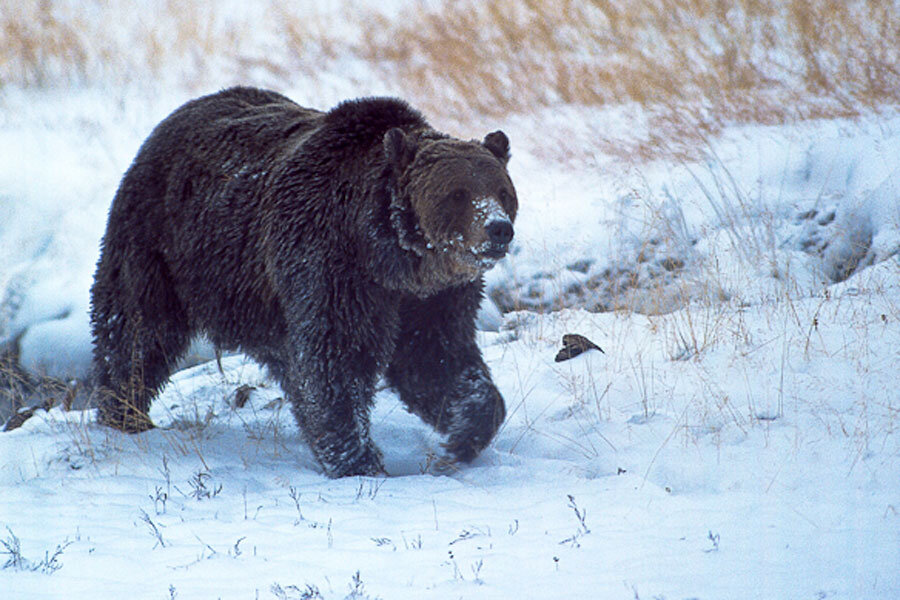Why hunting of Yellowstone grizzly bears could resume
Loading...
Grizzly bears in Yellowstone National Park area saw unprecedented growth this year after being granted protection under the Endangered Species Act (ESA) in 1975, causing many hunting enthusiasts to call for the population’s delisting.
A study published in the journal Molecular Ecology last week found “independent demographic evidence for Yellowstone grizzly bear population growth since the 1980s.” The scientists studied 729 bears and found that genetic diversity in the population was stable and the effective population, also known as “the number of bears passing genes to the next generation,” had quadrupled.
Some say the grizzly population has grown too much, reaching the resource capacity for the Yellowstone National Park area in Wyoming and Montana.
“Grizzly bears are moving into areas outside the recovery zone,” Frank von Manen, a wildlife biologist and leader of the Interagency Grizzly Bear Study Team, told The Associated Press. “They are getting into more and more of those areas where the potential for conflicts are greater.”
Wildlife managers in the Yellowstone region have euthanized 24 grizzlies so far this year. Low availability of natural food sources, such as whitebark pine cone production, has caused Yellowstone grizzlies to hunt local livestock and other human food sources.
“They’re bumping up against the social human tolerance of where they can be,” Kerry Gunther, Yellowstone National Park’s bear management program leader, told The Associated Press.
In light of the corresponding population and euthanasia increases, the Obama administration is expected to announce its support for Yellowstone grizzlies’ removal from the ESA, after the Yellowstone Ecosystem and Interagency Grizzly Bear Study team first recommended species removal in 2013.
But Harmony Kristin Szarek, a graduate student at Ohio State University, interviewed a majority of prominent grizzly bear scientists and found that 60 percent of experts “believe delisting would be an incorrect decision, or at the very least a violation of the precautionary principle.”
Some delisting advocates, such as Daniel Thompson, a large carnivore specialist for the Wyoming Game and Fish Department, says grizzly bear delisting does not have to be an open endorsement for unregulated hunting.
“The discussion has switched more to hunting in the future and that clouds the issue of the notable recovery of an animal,” Thompson told The Missoulian. “That was the goal of (the ESA). This should be a very positive story, but there’s a lot of arguing in the background. And it ignores the sacrifices of the people on the ground who live in grizzly bear country.”
Some environmental protection organizations agree with Thompson. The National Wildlife Federation (NWF) says species are intended to recover under the ESA, “so long as adequate plans exist to assure recovery continues.” The NWF suggests a comprehensive conservation package for the Yellowstone grizzlies, including a six million acre Primary Conservation Area where the needs of grizzlies come first and extensive monitoring, which could give the species improved protection and free up funding and resources for other endangered animals.
But opponents of grizzly hunting say there is no reason to rush delisting, because local bears are worth more to the state alive than dead. In the 20 million acres of the greater Yellowstone area, nature-related tourism is a $1 billion industry. And without the potential of seeing a roadside bear, a 2014 study reported that Yellowstone National Park would lose about $10 million annually.






